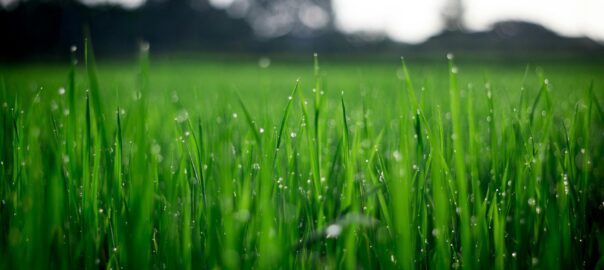The Importance of Taking Care of Your Grass
Maintaining a lush, green lawn is often a source of pride and joy for homeowners. Your lawn enhances the aesthetic appeal of your property and serves as a functional outdoor space for family activities, gatherings, and relaxation. However, achieving that perfect lawn requires consistent attention and care. Taking care of your grass is essential—not just for looks but for the overall health of your yard and environment.
First and foremost, a well-maintained lawn provides a solid foundation for the ecosystem in and around your home. Grass is crucial in preventing soil erosion by stabilizing the ground with its root systems. This stability is vital, especially in heavy rain or wind areas. Additionally, grass filters rainwater, helping to recharge groundwater supplies, which can lead to healthier plants and trees around your property. By taking the time to care for your grass, you are contributing positively to your local ecosystem.
A healthy lawn also helps improve air quality. Grasses absorb carbon dioxide and release oxygen through photosynthesis, which benefits the environment. Moreover, a properly maintained lawn can reduce pollutants and dust in the air, creating a cleaner atmosphere for your family and neighbors. Investing time and effort in your grass not only beautifies your property but also fosters a healthier living space.
One of the fundamental aspects of lawn care is mowing. Regular mowing not only keeps your lawn looking neat and tidy, but it also encourages grass to grow thicker and healthier. When you mow, aim to cut only the top third of the grass blades. This helps maintain proper height, allowing the grass to soak up sunlight while encouraging root development. Additionally, sharp mower blades will ensure a clean cut, reducing stress on the grass and minimizing the risk of disease.
Another critical aspect of taking care of your grass is proper watering. Depending on the climate and season, grass may require 1 to 1.5 inches of water per week. Throughout the growing season, it’s best to water early in the morning. This timing allows the grass to absorb moisture before the heat of the day causes evaporation. It’s also advisable to water deeply but infrequently, encouraging roots to grow down into the soil, which promotes a healthier lawn that can withstand dry periods.
Fertilizing is another key element of lawn care. A well-balanced fertilizer provides essential nutrients that grass needs to thrive. However, it’s essential to test your soil first to determine which nutrients may be lacking. Applying fertilizer at the right times—usually in the early spring and fall—ensures that your lawn receives the right nourishment when it needs it most.
Finally, lawn aeration can significantly improve the health of your grass. Over time, soil can become compacted, limiting the amount of air, water, and nutrients that reach the roots. Aerating your lawn, which involves creating small holes in the soil, can alleviate compacted soil issues and foster a healthier, more vibrant lawn.
In summary, taking care of your grass is a vital responsibility for any homeowner. By investing time in mowing, watering, fertilizing, and aerating, you will not only create a beautiful outdoor sanctuary but also support the surrounding ecosystem, improve air quality, and enjoy a healthier living environment for you and your family. So, roll up your sleeves and get ready to nurture your grass—it’s worth the effort!




